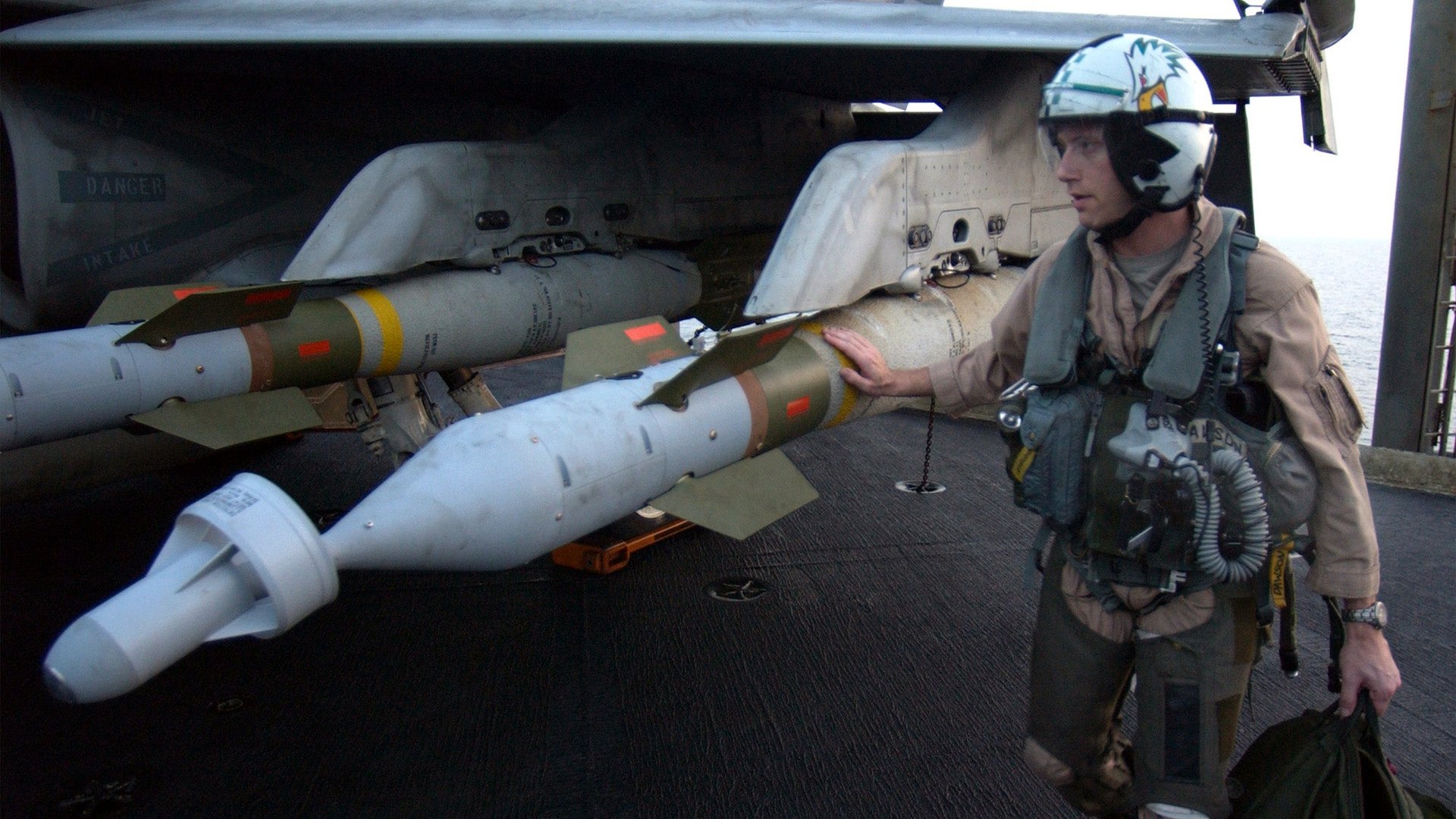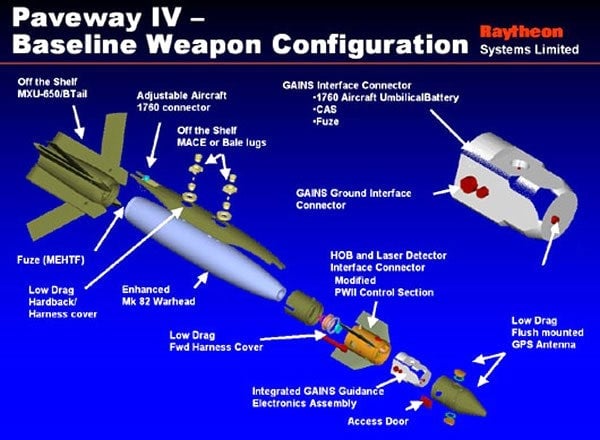This is the lethal electronic kit that changed Colombia’s history
The war against Colombia’s socialist insurgency has turned on a campaign of targeted assassinations of rebel leaders using technology provided by the US.


The war against Colombia’s socialist insurgency has turned on a campaign of targeted assassinations of rebel leaders using technology provided by the US.
The tide-turning technology isn’t drones. It’s laser-guided bombs dropped out of small aircraft. And they stumbled upon the idea in the most modern way possible, according to an US Air Force officer interviewed by Washington Post reporters:
“I’m thinking, ‘What are we killing the FARC with?’ ” the colonel, who spoke on the condition of anonymity, said in an interview. The colonel, a cargo plane expert, said he “started Googling bombs and fighters” looking for ideas. Eventually he landed on the Enhanced Paveway II, a relatively inexpensive guidance kit that could be strapped on a 500-pound, Mark-82 gravity bomb.
What the colonel googled up is a tool with long history of being deployed against counter-insurgencies: In the 1960s, when hundreds of “dumb” bombs dropped by US pilots over Vietnam failed to hit targets, Texas Instruments helped developed a system that would smarten them up by screwing guidance fins onto the back of the bomb and a laser-seeking sensor on the front.

Twenty of the kits, today made by Raytheon, cost the CIA less than $1 million, and allowed the Colombian military—using US intelligence—to kill rebel leaders in their camps. In the past, they had simply disappeared into the jungle when troops arrived. The precision was astonishing: At one point, Colombia caused a diplomatic incident by having a plane lob a bomb at a FARC leader hiding over the border in Ecuador, without leaving Colombian airspace.
Since 2007, 63 FARC leaders have been killed. US officials maintain that aiding the Colombians in this effort doesn’t violate a US ban on assassinations for the same reasons drone strikes on al Qaeda leaders do not: because they are an ongoing threat. That isn’t an argument that many civil liberties advocates find persuasive.
The campaign does seem to have crippled the rebels and allowed economic activity to reemerge. Most measures of violence in Colombia are trending down, and FARC has been forced to the negotiating table. A peace deal would be the crowning achievement of the country’s new president, but doing so will likely entail difficult compromises over land reform. And that may be why, recently, the government rebuffed a holiday ceasefire to continue killing the FARC.